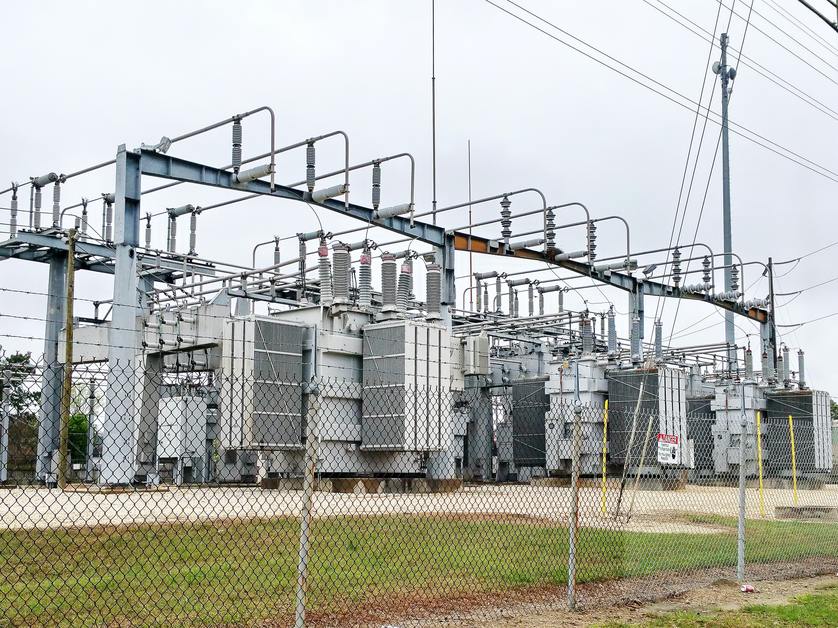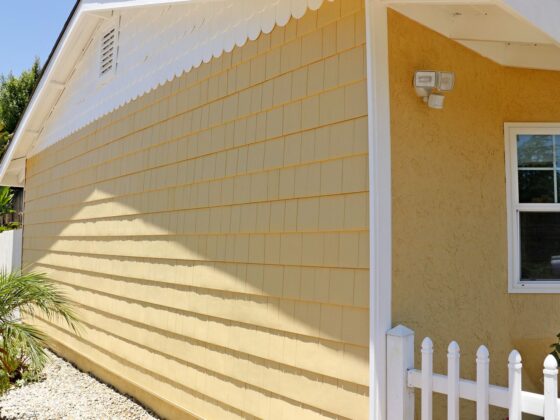In an age where energy demands surge higher each year, the design of electrical substations has emerged as a critical element in the tapestry of power distribution. These hubs of energy transformation play a pivotal role in ensuring that electricity travels safely and efficiently from generation sources to end users.
Designing a substation isnt merely about erecting structures and installing equipment; it requires a deep understanding of electrical engineering principles, environmental considerations, safety regulations, and innovative technologies. From selecting optimal locations to integrating cutting-edge smart grid solutions, each decision resonates with far-reaching implications for reliability and performance.
In this article, we will delve into the essential components of substation design, illuminating the intricacies that power our daily lives and sustain our ever-evolving society. Buckle up as we navigate the fascinating world where electricity meets engineering ingenuity!
Key Components of Substations
 Substations are intricate systems that serve as critical nodes in the power distribution network, comprising various essential components that function in harmony to ensure seamless energy flow. At the heart of a substation lies the transformer, a vital apparatus that alters voltage levels to facilitate efficient transmission over long distances.
Substations are intricate systems that serve as critical nodes in the power distribution network, comprising various essential components that function in harmony to ensure seamless energy flow. At the heart of a substation lies the transformer, a vital apparatus that alters voltage levels to facilitate efficient transmission over long distances.
Complementing this are circuit breakers, which safeguard the network by interrupting current flow during faults, while switchgear provides the necessary control and protection mechanisms to manage electrical equipment effectively. Additionally, busbars, those robust conductors, enable the interconnection of multiple circuits, ensuring flexibility and redundancy in the power supply.
Other key elements, such as protective relays, grounding systems, and control systems, contribute significantly to the overall reliability and safety of the substation, making it a complex yet beautifully orchestrated component of electrical infrastructure.
Types of Substations

Then there are distribution substations, essential for taking this reduced voltage and delivering it directly to consumers. They often incorporate transformers, switchgear, and protective devices to ensure reliable operation.
Another interesting category is the switching station, which facilitates the transfer of electricity between different transmission lines without stepping down the voltage, thus playing a vital role in maintaining grid stability. Furthermore, specialized substations, such as converter stations, are designed for handling alternating current (AC) and direct current (DC) systems, enabling the integration of renewable energy sources. Each type of substation is intricately designed to fulfill specific functions, contributing to an efficient, resilient, and safe power distribution system.
Design Considerations for Efficient Power Distribution
 In the realm of substation design, several critical considerations must be woven into the fabric of efficient power distribution. First and foremost, the layout of the substation itself plays a pivotal role; an intelligently designed spatial arrangement can minimize transmission losses and enhance reliability.
In the realm of substation design, several critical considerations must be woven into the fabric of efficient power distribution. First and foremost, the layout of the substation itself plays a pivotal role; an intelligently designed spatial arrangement can minimize transmission losses and enhance reliability.
Engineers should contemplate the electrical configuration—be it radial, looped, or distributed systems—navigating the delicate balance between load management and redundancy. Moreover, the integration of advanced technologies, such as digital monitoring and automated controls, can significantly streamline operations, offering real-time insights into power flow.
Environmental factors cannot be overlooked; optimal materials and designs that withstand local weather conditions ensure longevity while reducing maintenance costs. Finally, community impact and regulatory compliance should guide design choices, reinforcing the notion that a well-conceived substation is not merely a collection of equipment, but a vital part of a larger ecosystem dedicated to delivering reliable power.
Conclusion
In conclusion, effective substation design is a critical component of efficient power distribution, ensuring reliability, safety, and minimal environmental impact. By integrating innovative technologies and adhering to best practices, engineers can create substations that not only meet current energy demands but are also adaptable to future growth and advancements in energy management. As the pressing need for sustainable energy solutions continues to rise, investing in thoughtful and forward-thinking substation design will play a pivotal role in shaping a resilient and efficient power infrastructure for generations to come.


